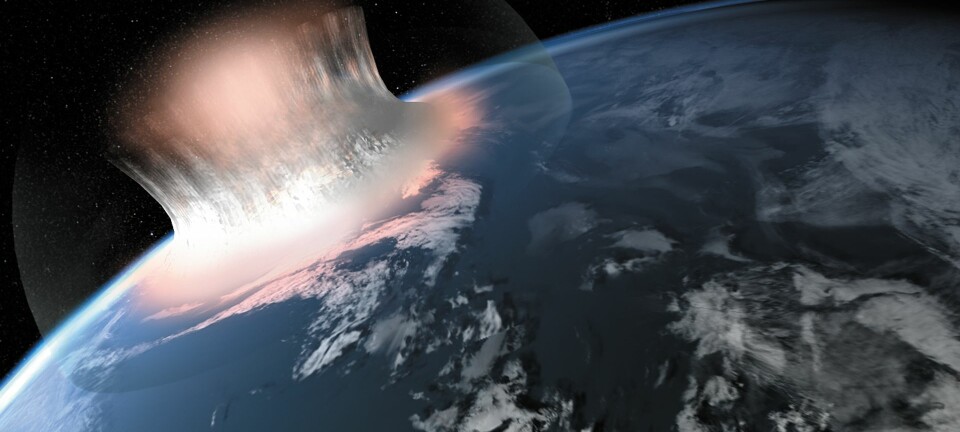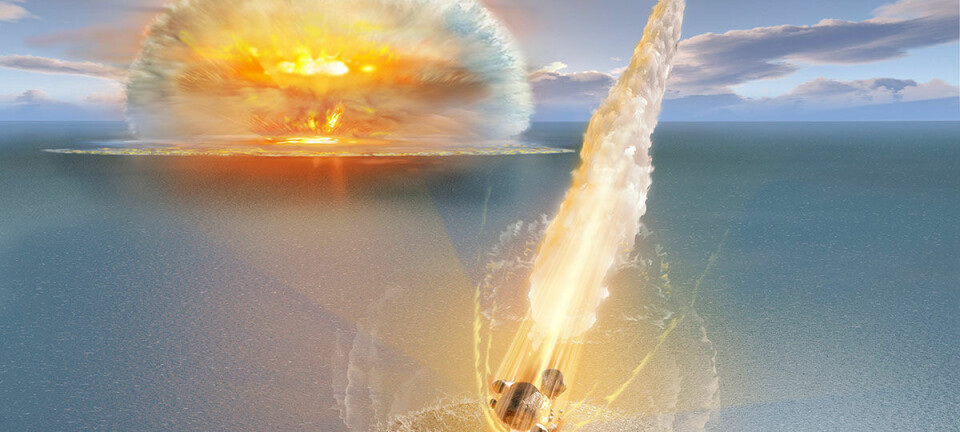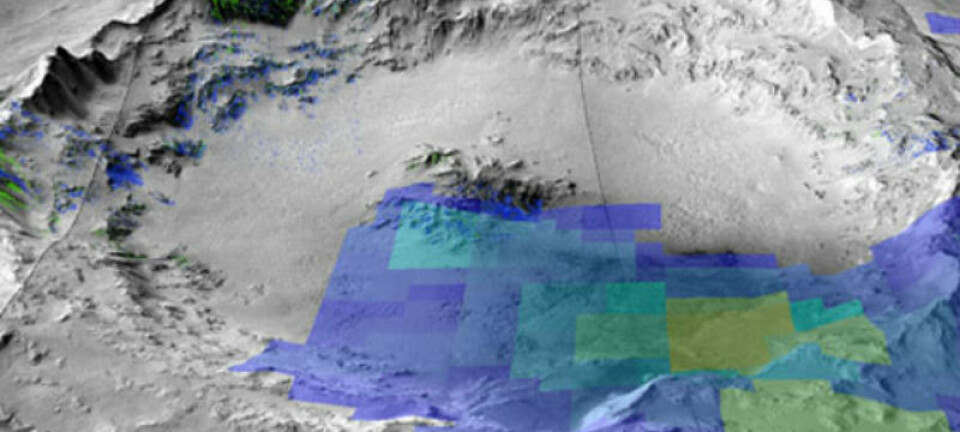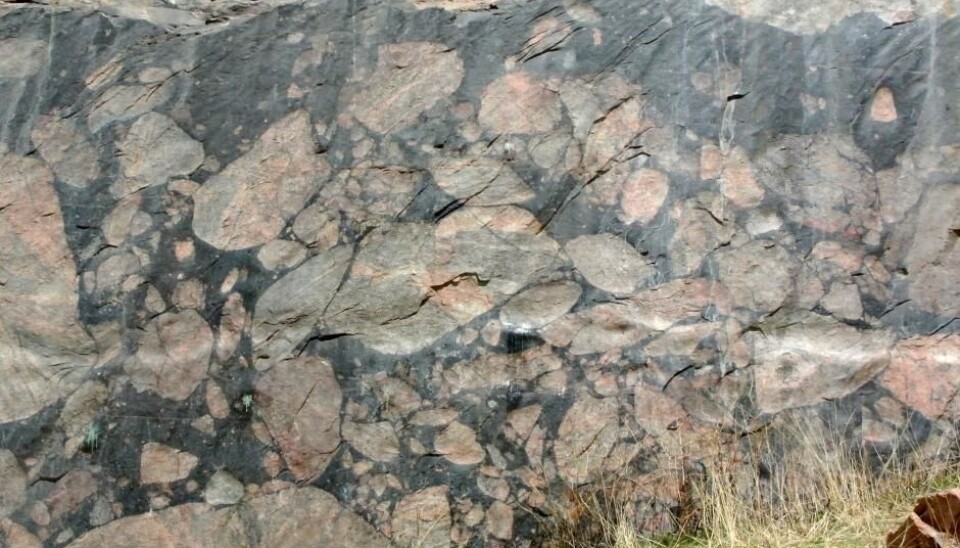
New theory explains formation of unique rocks
Scientists have discovered how unique rocks in a meteor crater in South Africa formed. It is a big step forward, say scientists.
A unique range of rock formations in South African Vredefort meteor crater were thoroughly shaken when they formed, two billion years ago.
The new theory rejects previous suggestions that the rocks were formed by two formations being pushed together.
Instead, they are the result of huge earth tremors that followed the meteor strike.
“We demonstrate that these significant vein-like occurrences of crushed and partially molten rocks aren’t the result of lateral movements, as previously thought, but they’re instead the result of violent shaking,” says co-author Adam Garde from The Geological Survey of Denmark and Greenland (GEUS).
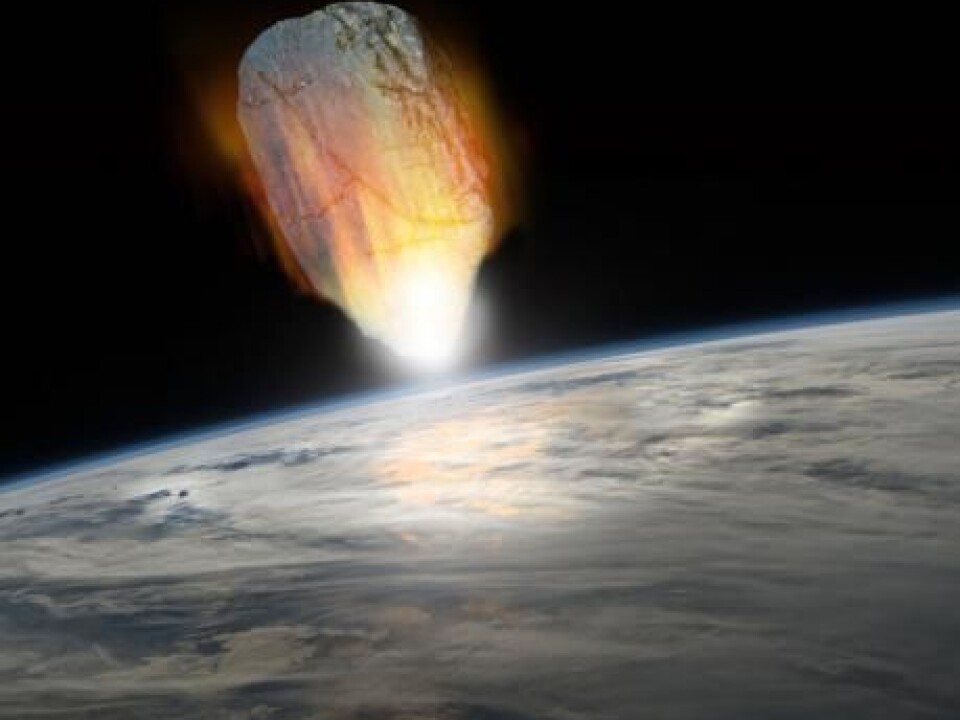
“It’s a geological mechanism for deformation of rocks that hasn’t been described before, and it can also explain many other rock formations around the world,” he says.
The results are published in the Journal of the Geological Society of London.
Colleague: A big step forward in our understanding
Geologist Henry Melosh from Purdue University, USA, is an expert in these types of meteor strikes. He has read the new study and thinks the results are interesting.
The new theory is well supported by observations and helps to explain what has been, until now, an unexplainable rock formation.
“Overall, I think that their theory is a big step forward in relation to explaining the rock formations that you see in these types of meteor impacts,” says Melosh.
Read More: Scientists confirm the world’s only twin asteroid strike in Sweden
First discovered in the world’s oldest meteor crater
The new research suggests that tremors caused by meteor impacts or large earthquakes can have a much bigger contribution to rock deformation and structure that geologists had previously thought.
Garde discovered the mechanism in the world’s oldest meteor crater, Maniitsoq, in Greenland, in 2010.
He discovered crushed rocks that had originally formed 25 kilometres underground in the three billion year old crater that shouldn’t be there. It defied all logic.
“You shouldn’t find crushed rocks deep in the Earth’s crust,” says Garde.
“So we had to conclude that something really extraordinary had happened in order to create them,” he says.
Read More: Mysterious meteorite sheds new light on the Solar System
Meteor impact acts like a bell
The crushed rocks were not simply the result of shock-waves from the impact, but by tremors released by the shock-waves, that caused the rocks to bang against each other for just a few minutes.
The tremors violently crushed the rocks deep underground.
“You can consider a meteor impact as a type of bell. There’s the actual impact, which can melt rocks and cause great damage, but after the actual strike, there’s also high frequency vibrations for several minutes--just like hitting a bell,” says Garde.
The new research shows that it was these same forces that also created the spectacular black, vein-like rocks in the Vredefort crater.
--------------
Read the Danish version of this story on Videnskab.dk
Translated by: Catherine Jex
